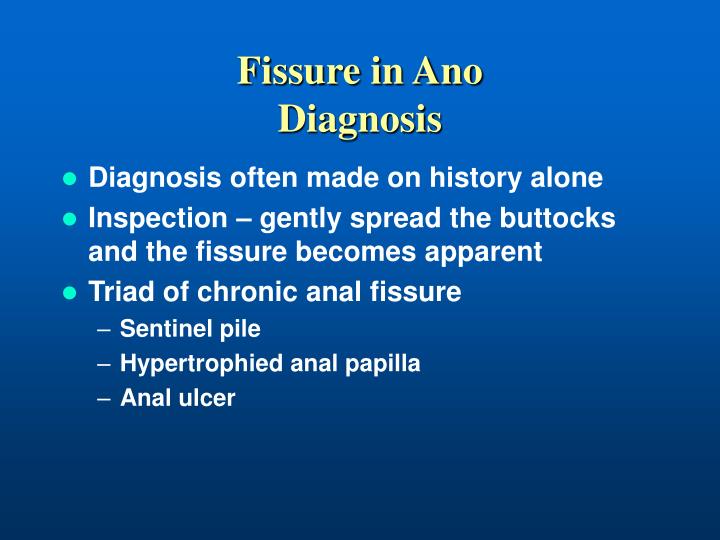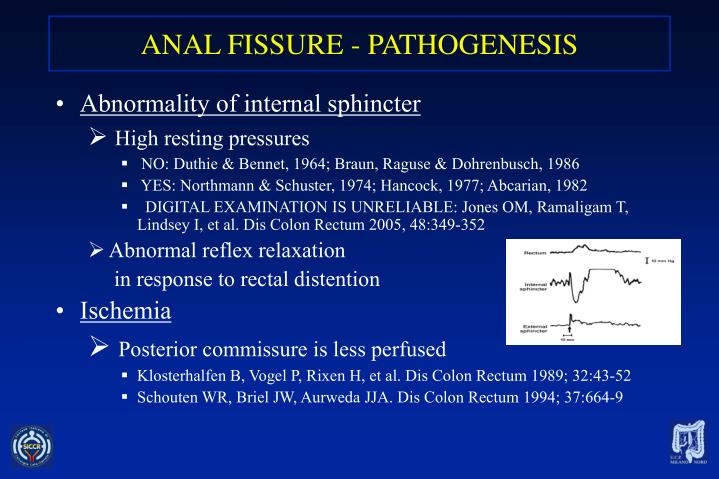
Most patients believe the pain they are experiencing is due to hemorrhoids, and they may be reluctant to accept the diagnosis of fissure. However, if the diagnosis is unclear or there is concern for an abscess, then a digital exam is appropriate to ensure that there is no underlying infection.
#Sentinel pile free#
A thorough examination should be performed once the patient is pain free to exclude other pathology. Once a fissure has been diagnosed, digital exam and anoscopic exam may be delayed due to pain. Gentle separation of the buttocks typically reveals the fissure however, spasm of the sphincter may prevent adequate visualization. Inspection is the most important step in the evaluation for possible anal fissure. A physical examination confirms the suspicion of anal fissure and rules out other pathology. Some patients may have a tender sentinel pile and often these patients feel the pile is the source of their pain.Īnal fissure diagnosis is usually straightforward and can often be made on the patient's history alone. Occasionally, blood may drip into the toilet bowl. 1 Bright red blood may be noted on the toilet paper or streaked on the stool.

Bleeding is also a common symptom of anal fissures, found in 71.4% of patients. 1 Patients complain of pain with defecation and describe the pain as sharp or tearing, which may be present only during the defecation or it may last for several minutes to hours after defecation. Pain is the most common symptom of an anal fissure, present in 90.8% of patients with fissure in a review of 876 patients.

12 Doppler laser flowmetry combined with anal manometry has shown that the blood flow to the posterior midline is less than other parts of the anal canal and an inverse relationship between blood flow to the posterior commissure and increase sphincter tone was also noted. 11 There may also be contusion of the blood vessels passing vertically through the internal sphincter muscle in the posterior midline, leading to compromise the blood supply with increased anal tone. Postmortem angiographic studies have shown less blood supply to the posterior commissure of the anal canal, which may also explain the increased frequency of posterior midline fissure. 11 Another possible cause is the relative ischemia of the posterior commissure of the anal canal. One possible cause is the elliptical arrangement of the external sphincter posteriorly, which leads to less support for the anal canal. The most common site for primary anal fissure is the posterior midline, and several theories exist regarding this phenomenon. 1 Etiology of atypical fissures includes Crohn's disease, ulcerative colitis, anal cancer, tuberculosis, HIV, syphilis, herpes, and leukemia. 1 Less than 1% of all fissures are located off of the midline position and these are considered atypical fissures. Approximately 25% of fissures are in the anterior location and these are more common in women. The most common site for males and females is the posterior midline, greater than 75% occur in this location.

1 Fissures may also occur in children and the elderly. Fissures are most commonly seen in middle-aged and younger patients, with mean age of onset 39.9 years. 10įissures are seen with equal frequency in males and females. This could explain the sphincter spasm and pain that patients with anal fissure experience with defecation. In patients with anal fissures, there is evidence that the rectoanal inhibitory reflex is followed by an abnormal increased contraction. 3 4 5 6 7 8 9 This hypertonicity of the anal sphincter is responsible for some of the pain and spasm experienced with defecation, and it also has a deleterious effect on wound healing by reducing blood flow to the traumatized anoderm. Several studies have shown that the resting pressure of the internal anal sphincter is higher in patients with fissures compared with normal controls. As a response to the fissure, patients typically experience increased pressure within the anal canal. This includes trauma to the anoderm during the passage of hard or large bowel movements, local irritation from diarrhea, anorectal surgery, and anoreceptive intercourse. The exact cause of an anal fissure is not entirely clear, but it is thought to result from trauma to the anal canal.


 0 kommentar(er)
0 kommentar(er)
